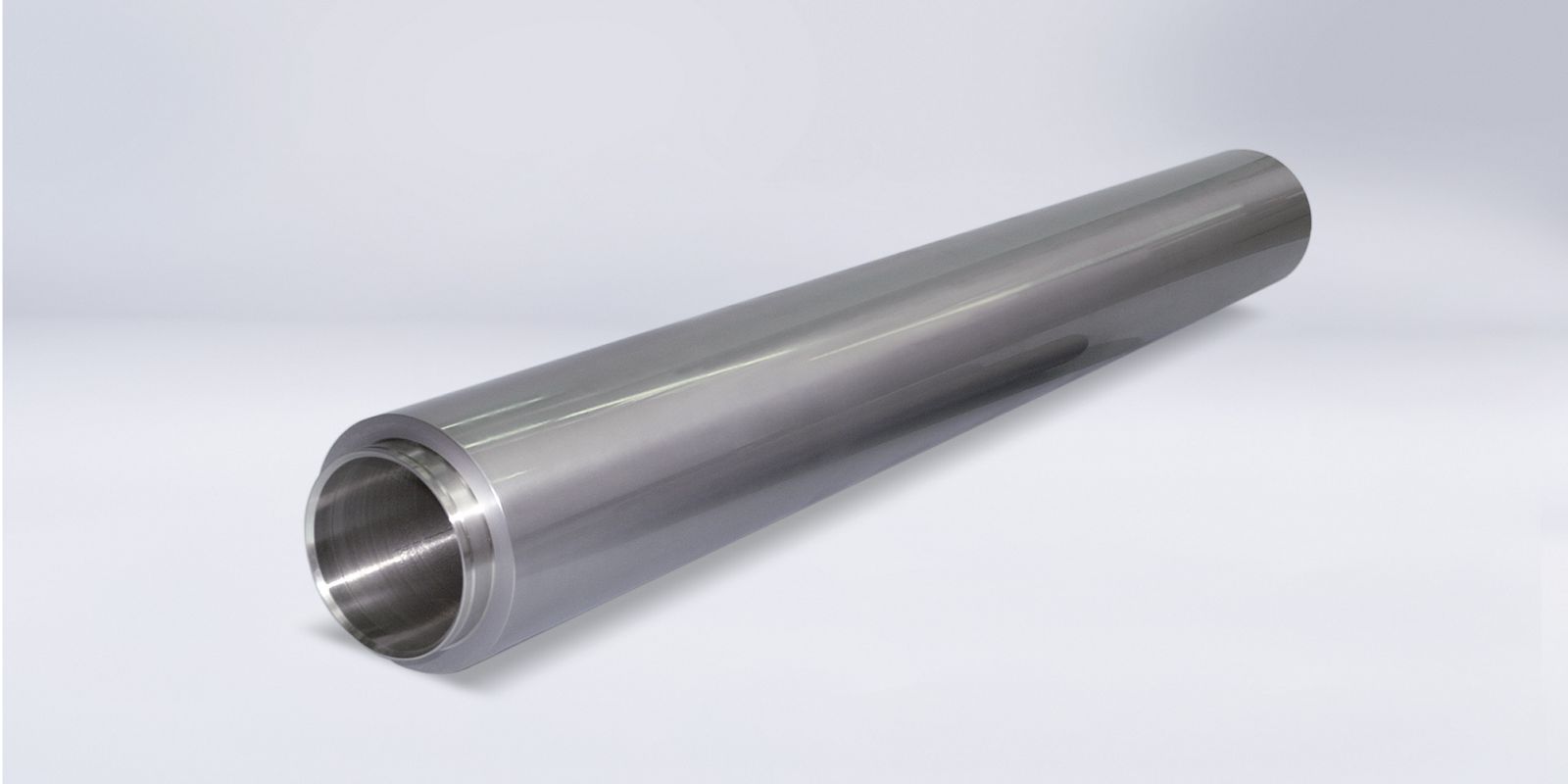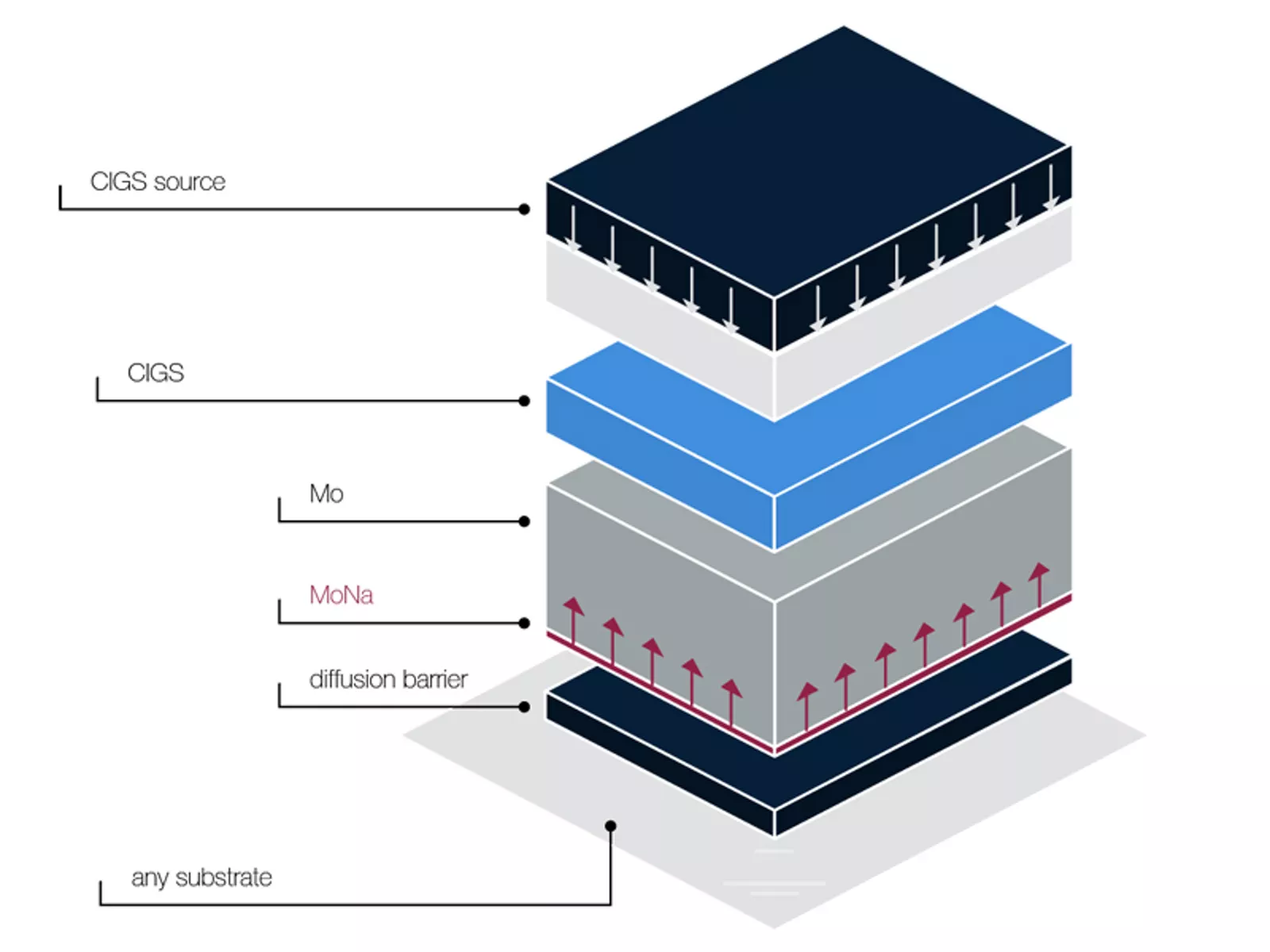Properties of our MoNa sputtering targets
Fine microstructure
The sodium compound that is added to the MoNa sputtering target lies between the molybdenum grains. As we produce MoNa by means of a powder metallurgical process, the sodium particles are finely and evenly distributed. The electrical conductivity of a MoNa target is somewhat lower than that of pure molybdenum targets but perfectly sufficient for sputtering in DC mode.
Pure material
Whereas small quantities of sodium increase the efficiency of the CIGS cell, other chemical elements such as iron or chromium cause a marked loss of efficiency. To keep the content of metal impurities in particular as low as possible, we take great care to ensure clean process management and the high quality of our source materials. We monitor the manufacturing route of our targets starting with the raw material, which means we can guarantee the exceptional purity of our metal powders.
Our range includes MoNa sputtering targets with a sodium content of 5% and 10%, which corresponds to 1.3 and 2.6 wt.%. Our MoNa sputtering targets are produced as planar targets and as rotary targets for an even higher material yield in the application.
MoNa sputtering targets as an object of research
The Swiss EMPA Institute has investigated sodium doping in the CIGS process with MoNa targets from Plansee. The EMPA working group for thin films and photovoltaics, under the leadership of Prof. Dr. Tiwari, investigated how MoNa sputtering targets can be used to optimum effect to manufacture CIGS solar cells. Back contacts made of MoNa enable sodium doping in the CIGS absorber and thereby enhance the performance of the cell. At relatively low separation temperatures, the cells placed on steel foil achieved an efficiency of 14.4%. Our coating experts Dr. Christoph Adelhelm and Enrico Franzke were involved in the research project. Read the detailed results of this research work. The complete article, entitled "Sodium-doped molybdenum back contacts for flexible Cu(In,Ga)Se2 solar cells - ScienceDirect", is available for download from the Elsevier publishing house.



